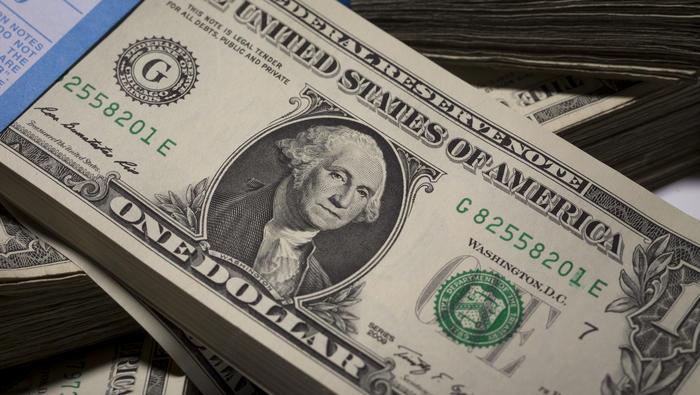Evolution of Money Transfer in a Nutshell

How people transfer money has evolved in the past twenty years. From sending cheques to the bank to making online payments on websites like Western Union, the evolution of money transfer has been a long one. It's changed over the years to meet the needs of technology and societal changes. This article will take you through critical historical moments and what they mean for today's world.
Sea Shells
One of the first forms of money was seashells, which occurred as early as 6000 B.C. These forms of money were used as far back as the Neolithic age. In later periods seashells were used in trade between Native Americans and Europeans.
The first check written for money was by King Henry I of England after he borrowed from a Jewish merchant. In 1290 A.D., France produced its first gold coins, and in 1346 A.D., the first English gold coins were minted.
Silver Coin
In 1652, a large silver coin was introduced into Britain called the "guinea," which became popular among traders because of its consistent weight and quality. However, it wasn't until 1870 that we started using paper bills for money rather than coins.
Dimes
In 1918, the U.S. passed a law that created federal reserve notes, and in 1959, U.S. citizens started using dimes as money rather than silver coins. The decline in silver use was due to rising prices of the metal used for minting our currency. In 1964, it was after this date that quarters were made out of copper-nickel clad composition instead of silver.
After dimes came the now-defunct half dollar coins in 1971, and then the Susan B. Anthony $$$ coin from 1979 to 1980. These types of money were discontinued due to their unpopularity among citizens and the general public alike and their large size, which made it easy for counterfeiters to reproduce them.
Paper Money
The first paper money was used during the Tang Dynasty and later became very popular in Europe throughout medieval times. The British began printing colonial notes to finance their military campaigns against France, Spain, Portugal, Sweden, and Holland.
In 1690 A.D., Massachusetts printed its paper currency called "Colonial Scrip," which is credited as the first paper currency to be used by any government. In 1862, Abraham Lincoln printed Greenbacks, a form of fiat money or "legal tender."
These types of bills are different from normal ones because gold reserves don't back them up. Additionally, they have no intrinsic value.
In 1963, the U.S. dollar was removed from the gold standard, and in 1965 the $ 100 bills were introduced into general circulation for this exact reason. In 1969, Nixon took us "off of the silver standard," which meant that paper money wasn't backed by any other types of metal anymore. This was either due to a lack of supply and increased demand for the money or devaluing the currency to gain better trade advantages.
Today, there are two forms of paper currencies that we use: fiat and representative. Fiat is used when you have legal tender laws, which means that everyone has to accept this form of money as payment for goods and services.
Representative money is used in times of crisis when the government doesn't have enough money to support its economy. This type of currency can be exchanged for goods but isn't worth any more than paper bills backed by gold or some other valuable metal. Currently, digital currencies are used to transfer money such as Bitcoin and Ripple.



